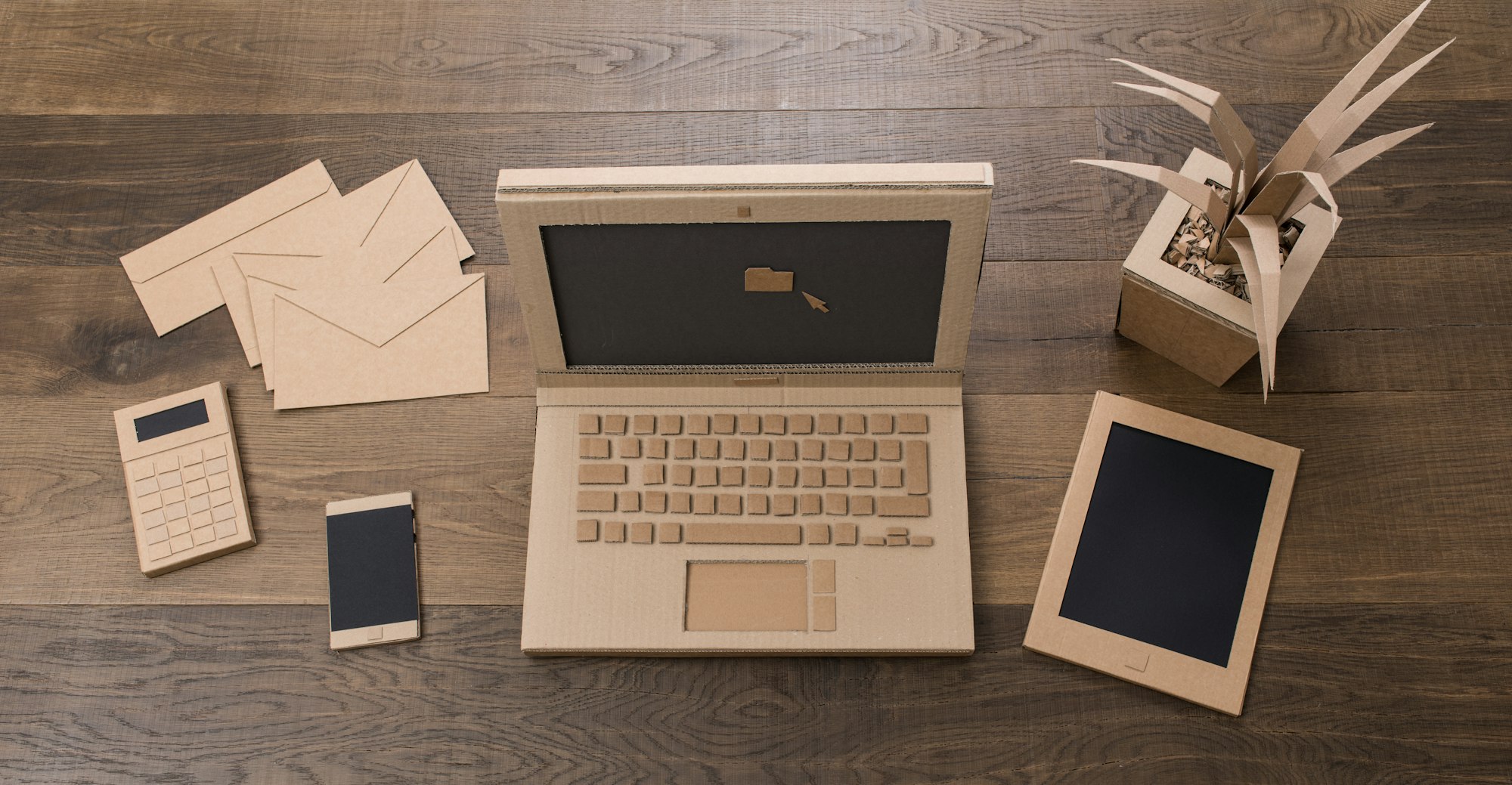In a world where technology seamlessly integrates into our daily lives, the fashion industry is undergoing a remarkable transformation. Smart fashion combines style with technology, resulting in innovative garments and accessories that enhance our everyday experiences. From wearable tech that monitors our health to clothing that adapts to changing conditions, the way we dress is evolving in exciting ways. Let’s explore how technology is reshaping the fashion landscape and what the future holds for this dynamic industry.
1. Wearable Technology: A New Era of Functionality
1.1 Fitness Trackers and Smartwatches
Wearable technology, such as fitness trackers and smartwatches, has gained immense popularity in recent years. These gadgets allow users to monitor their health and fitness levels effortlessly. Brands like Fitbit, Apple, and Garmin offer devices that track heart rate, steps, sleep patterns, and more. But the integration of technology doesn’t stop at fitness; smartwatches now offer notifications, music control, and even mobile payments, making them essential companions for a modern lifestyle.
1.2 Fashion Meets Function
Fashion brands are increasingly partnering with tech companies to create stylish wearable tech. For instance, smart jewelry like Oura Ring and Bellabeat Leaf not only look elegant but also provide health insights. These accessories appeal to fashion-conscious consumers who want to incorporate technology into their lives without compromising on style.
2. Smart Fabrics: The Future of Clothing
2.1 Adaptive Clothing
Smart fabrics are revolutionizing how we think about clothing. These materials can change their properties based on environmental conditions. For example, some fabrics can regulate temperature, keeping you warm in cold weather and cool in the heat. Brands like Heddels and Spiber are experimenting with bioengineered materials that adapt to moisture and temperature, creating a new wave of functional clothing.
2.2 Integrated Sensors
Innovative garments now feature integrated sensors that monitor various factors, such as body temperature, heart rate, and even posture. These smart fabrics can provide real-time feedback, helping wearers make informed decisions about their health and wellness. Companies like Athos and Hexoskin are at the forefront of this trend, offering performance-enhancing clothing for athletes and fitness enthusiasts.
3. 3D Printing: Customization and Sustainability
3.1 Personalized Fashion
3D printing technology allows designers to create custom garments tailored to individual preferences and measurements. This level of personalization not only enhances the fit and comfort of clothing but also promotes a unique sense of style. Brands like Unmade and Electroloom are pioneering 3D-printed fashion, allowing consumers to design their own pieces and reduce waste in the process.
3.2 Sustainable Production
3D printing also has significant implications for sustainability in fashion. Traditional manufacturing processes often generate excess waste, while 3D printing allows for on-demand production. By creating only what is needed, brands can minimize their environmental impact and reduce the carbon footprint associated with shipping and storage.
4. Augmented Reality (AR) and Virtual Reality (VR) in Fashion
4.1 Virtual Try-Ons
Augmented reality and virtual reality technologies are changing how we shop for clothes. With AR apps, consumers can try on clothing virtually, eliminating the need for physical fitting rooms. Brands like Zara and ASOS have embraced this technology, allowing shoppers to see how items will look on them before making a purchase. This not only enhances the shopping experience but also reduces the number of returns due to sizing issues.
4.2 Immersive Fashion Shows
Virtual reality is also transforming the way fashion shows are presented. Designers can host immersive virtual shows that allow viewers from around the world to experience their collections in a unique way. This technology broadens accessibility and creates new opportunities for engagement in the fashion industry.
5. Sustainable Fashion Tech
5.1 Eco-Friendly Materials
Sustainability is becoming a significant focus in the fashion industry, and technology is playing a crucial role in this shift. Brands are increasingly adopting eco-friendly materials, such as recycled plastics and organic cotton, to create sustainable clothing. Innovations in textile manufacturing, like waterless dyeing and biodegradable fabrics, are helping reduce the environmental impact of fashion.
5.2 Supply Chain Transparency
Blockchain technology is enhancing transparency in the fashion supply chain. Consumers are increasingly concerned about where their clothes come from and how they are made. By using blockchain, brands can provide traceable information about the origin of their materials, manufacturing processes, and labor practices. This level of transparency fosters trust and encourages consumers to make more ethical purchasing decisions.
6. Fashion Apps: Enhancing the Shopping Experience
6.1 Personal Stylist Apps
Fashion apps are revolutionizing how we shop and style our outfits. Personal stylist apps like Stitch Fix and Looklet use algorithms and human expertise to curate clothing options based on individual preferences and body types. These apps take the hassle out of shopping, providing tailored recommendations that make finding the perfect outfit a breeze.
6.2 Virtual Wardrobes
Virtual wardrobe apps help users organize their clothing and plan outfits. By cataloging items in their closet, users can mix and match pieces, creating new looks without purchasing additional clothing. This not only promotes creativity but also encourages a more sustainable approach to fashion by maximizing the use of existing wardrobe items.
7. The Future of Smart Fashion
7.1 Innovation and Collaboration
As technology continues to advance, the possibilities for smart fashion are limitless. Collaborations between fashion designers and tech companies will drive innovation, resulting in more functional, stylish, and sustainable clothing options. The fashion industry is poised for a significant transformation as it embraces technology to meet the changing demands of consumers.
7.2 Empowering Consumers
Smart fashion empowers consumers by providing them with choices that align with their values. As we become more aware of the impact of our clothing choices on the environment, the demand for sustainable and tech-driven solutions will only grow. Brands that prioritize innovation and sustainability will likely thrive in this new landscape.
Conclusion
Smart fashion is reshaping the way we dress, combining style with technology to create a more functional and sustainable future. From wearable tech and smart fabrics to 3D printing and augmented reality, the fashion industry is evolving to meet the needs of modern consumers. As we embrace these innovations, we can enjoy the convenience and benefits of technology while making more conscious choices about our clothing. The future of fashion is not just about looking good; it’s about feeling good about our choices and their impact on the world around us. With smart fashion leading the way, we can dress for success while contributing to a more sustainable and responsible future.








